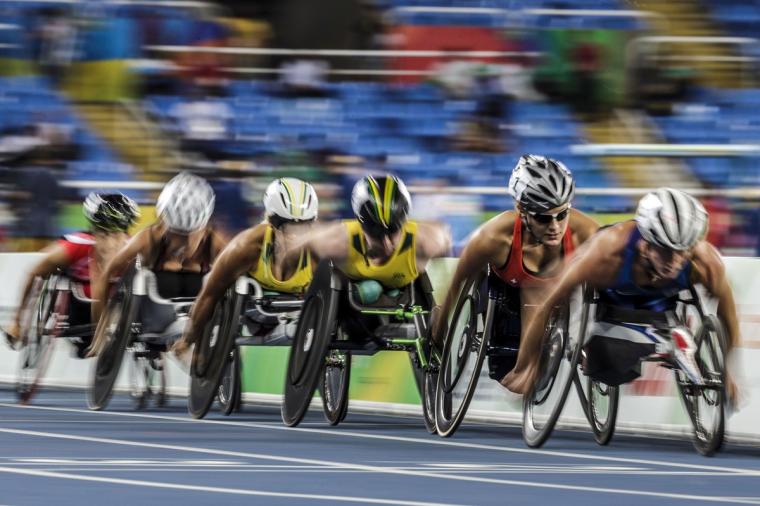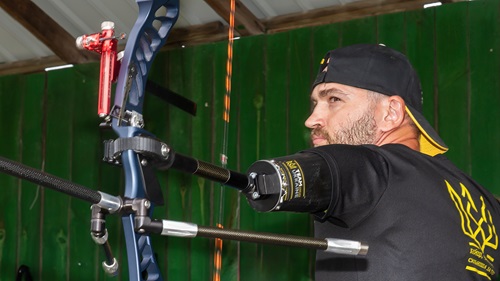
The Paralympic athletes have a message for Caleb Dressel, Simone Biles, Turkish marksman Yusuf Dikec (whose casual expression as he shot his way to a silver medal went absolutely viral on social media) – and the world as a whole: Get ready because it’s our turn. And finally, it is.
On August 28, the Paralympics begin. The Opening Ceremony on the Place de la Concorde will kick off 11 days of competition featuring around 4,400 athletes competing across 22 sports. Here’s when, where and how to watch and get inspired. And event owners better be prepared because this could give other athletes the incentive to compete.
According to Cosmopolitan, this year’s Paralympic Games will host athletes from 177 countries, including 10 (!) that have never been represented at the Paralympics before. Per USA TODAY, there will be a total of 549 events in 22 different sports with 235 being women’s sports.
There’s also an unprecedented amount of coverage this time around. Whereas in the past, the Paralympics were the most underappreciated and underexposed Games in town, they have moved into the mainstream with coverage across a number of channels. Here is where to watch them:
The sports to be presented this time around include the following:
Something else for event owners to remember is that the sight of para athletes competing will (not might but will) inspire those nationwide with physical challenges to participate in sports. Those new athletes and teams, in turn, will bring in more spectators who also have challenges, meaning that not only do event owners need to be ready but competition facilities need to be fully accessible. That includes spectator facilities and all amenities, including concession stands, rest rooms, parking and more.
Older sports facilities may lack these amenities entirely, having been built before the advent of the Americans with Disabilities Act, which went into law in 1990. While ADA is, in fact, a requirement for all sports facilities currently being built, it is considered by advocates for those with disabilities to be simply a baseline, or, as it is sometimes called, a “worst case scenario” for making concessions to those with disabilities.
To be truly accessible, facilities need far more than one accessible rest room stall and a few parking places. Multiple publications have been written about the construction of sports facilities, including the design and construction of accessible facilities, and facility owners and managers are encouraged to use official information, rather than trusting an Internet search.
Advocates for people with disabilities often have a strong preference for increased amounts of shade and cooler areas for both athletes and spectators. Additional amenities, such as misting stations and places where water bottles can be refilled, will be appreciated by all users. Be aware, too, that events for those with physical and/or cognitive challenges often draw audience members with similar challenges, meaning more accessible amenities may be needed for fans, including, but not limited to, accessible seating, parking, concessions, restrooms with amenities like adult changing areas, etc.
When planning and/or designing facilities that may be used by athletes with challenges, solicit input from groups and organizations made up of those athletes, along with coaches, trainers, governing bodies, multi-sport organizations and even medical professionals. The overarching goal should be to create a facility that is welcoming to as many athletes as possible.
Need to get inspired? Don’t miss the “Yes I Can/We’re the Superhumans” video.

 Para Cycling Track
Para Cycling Track